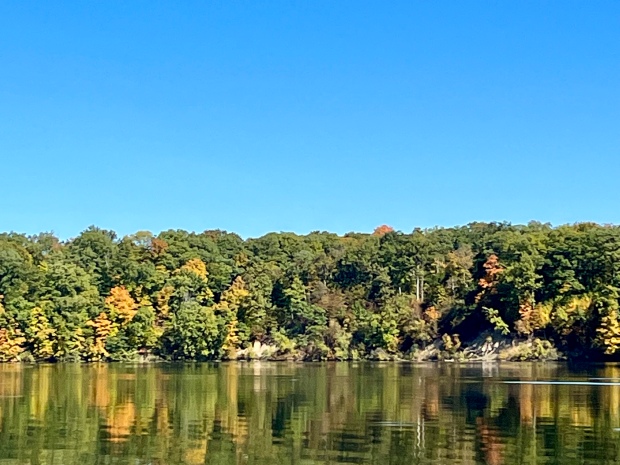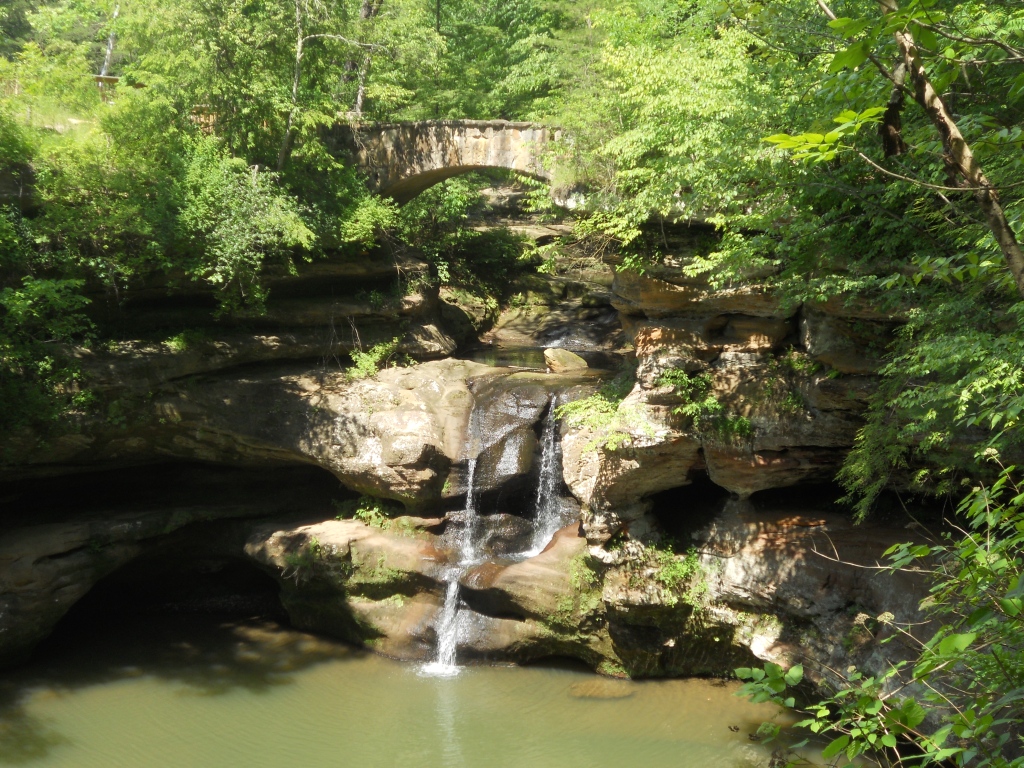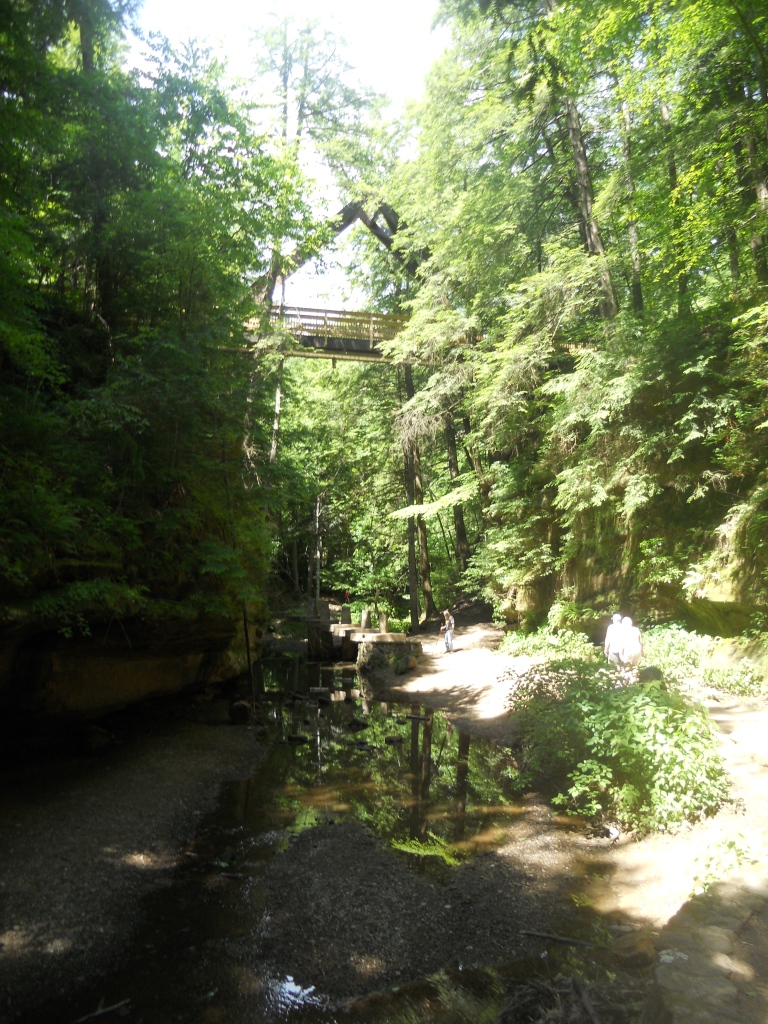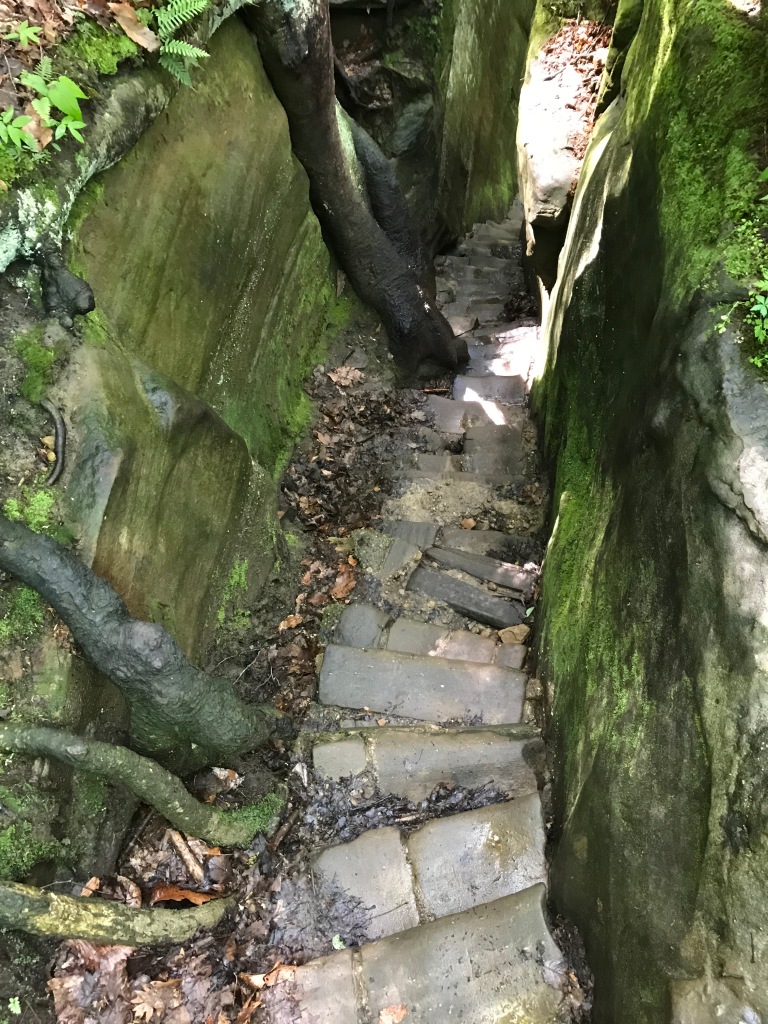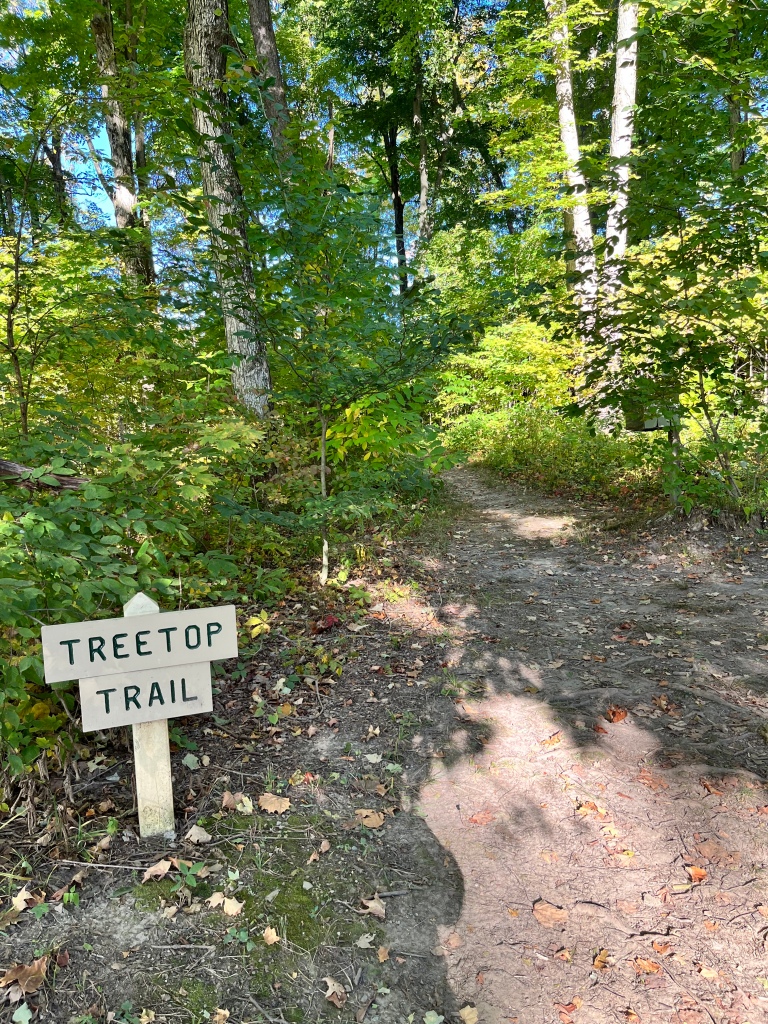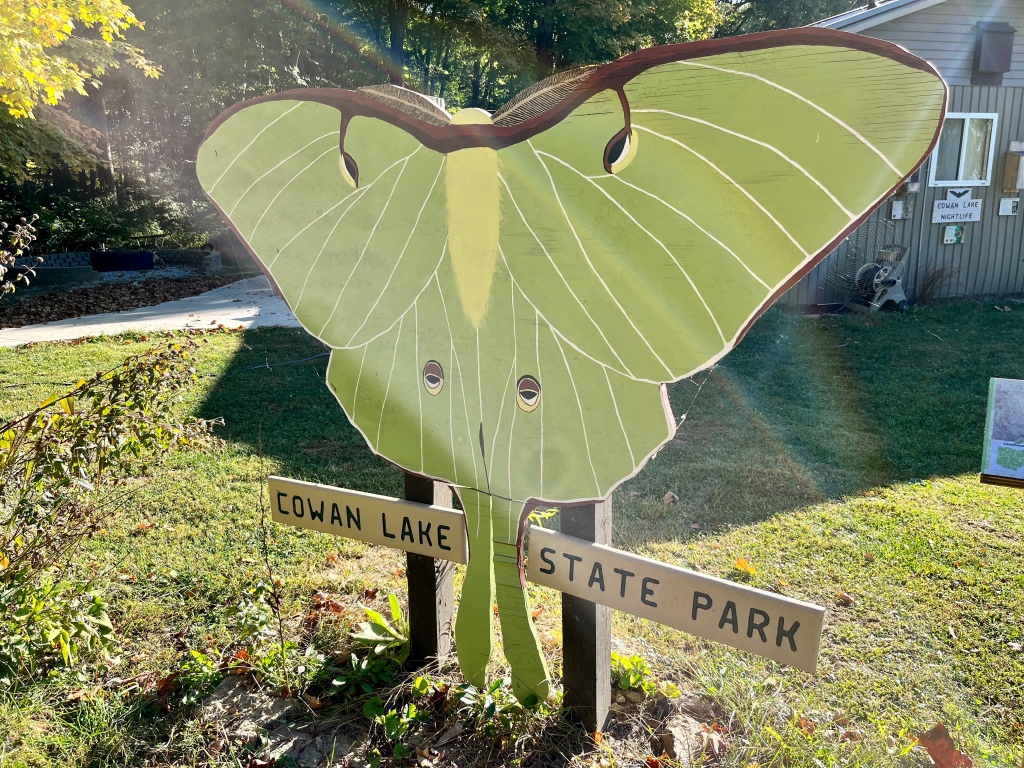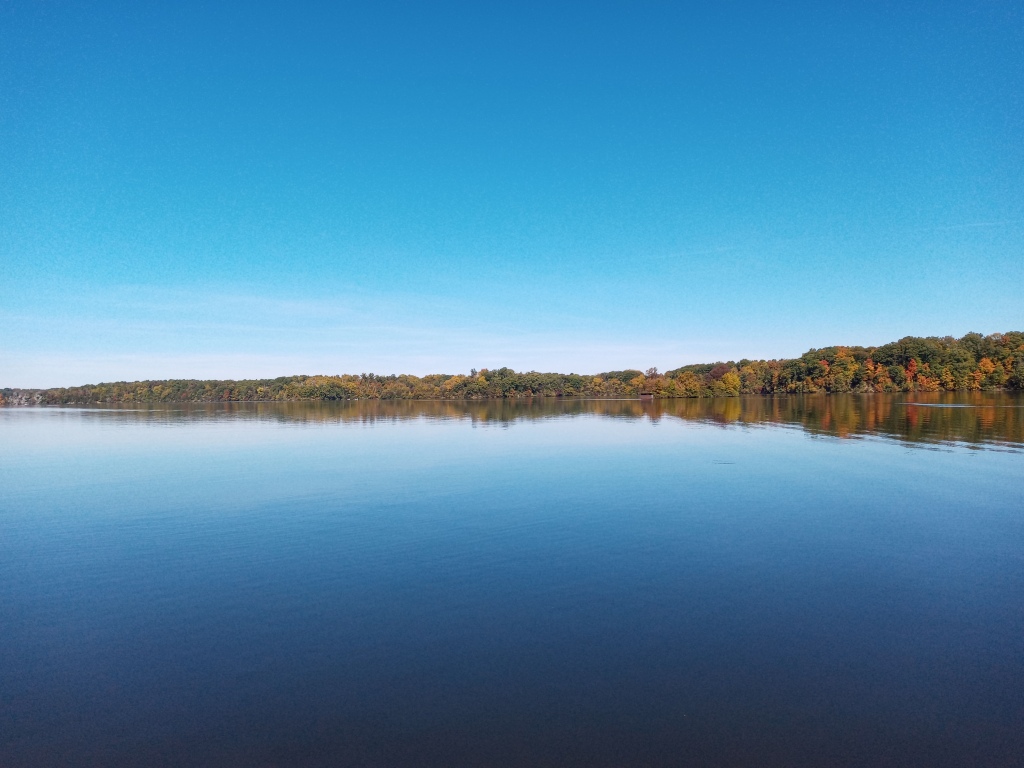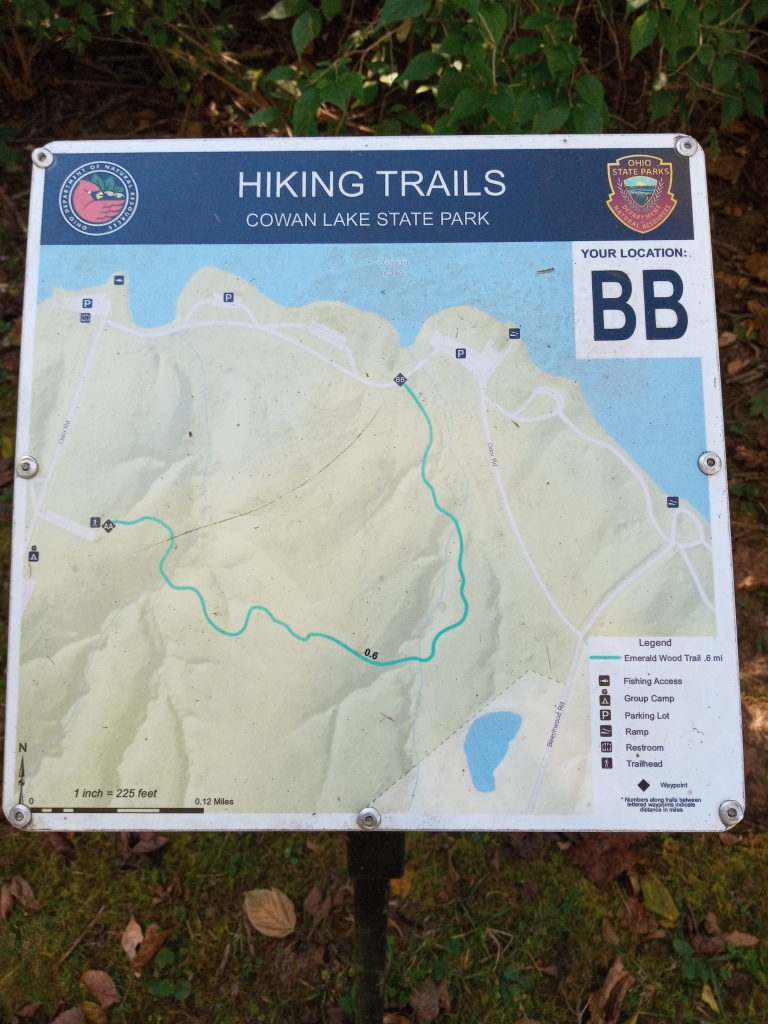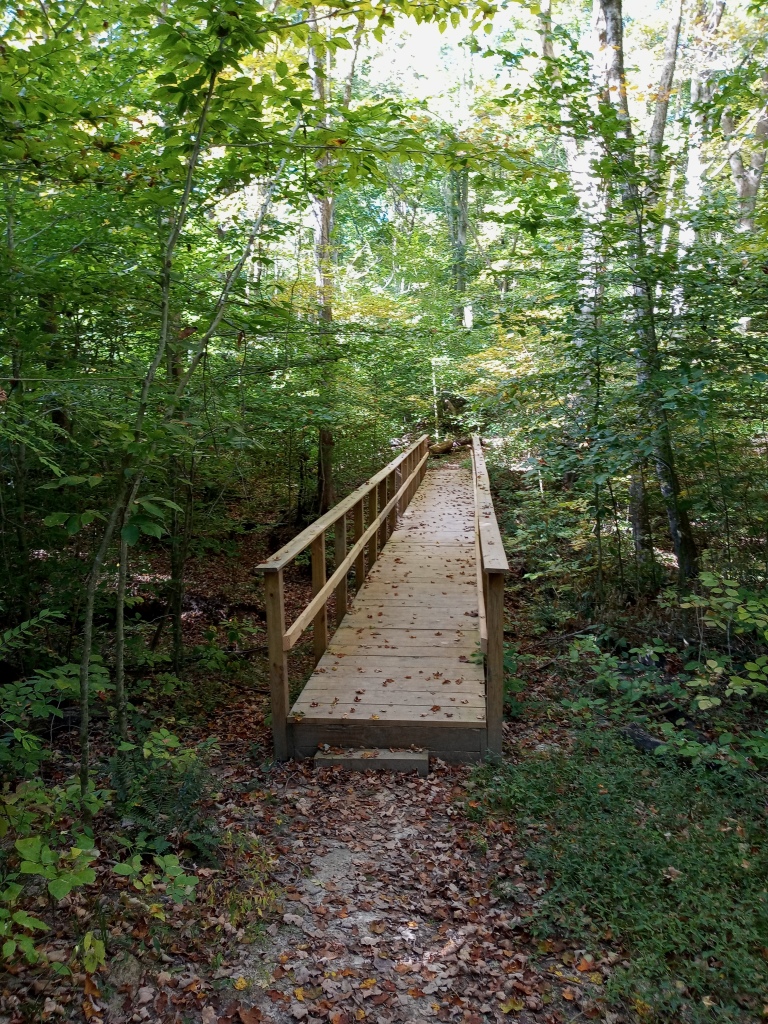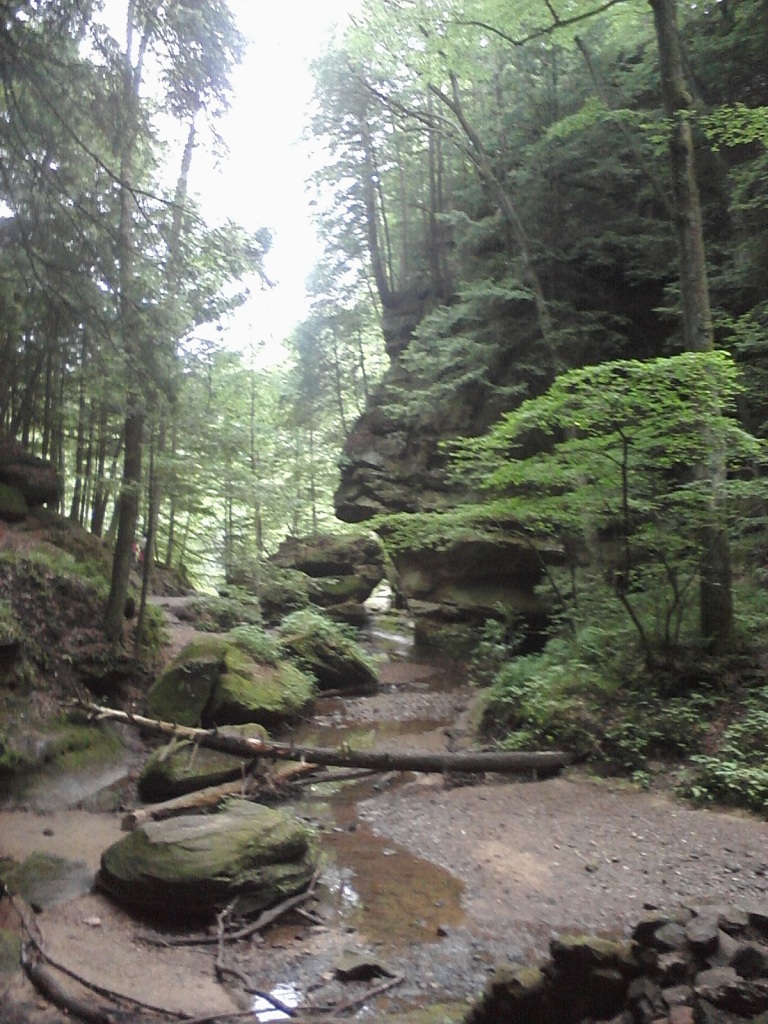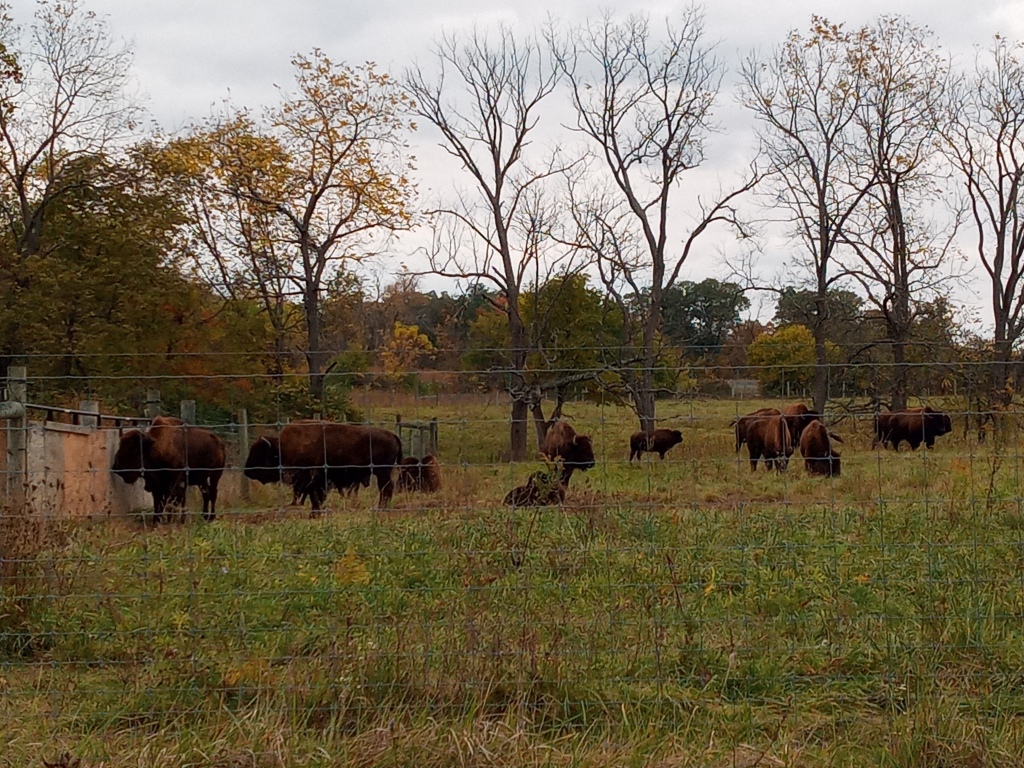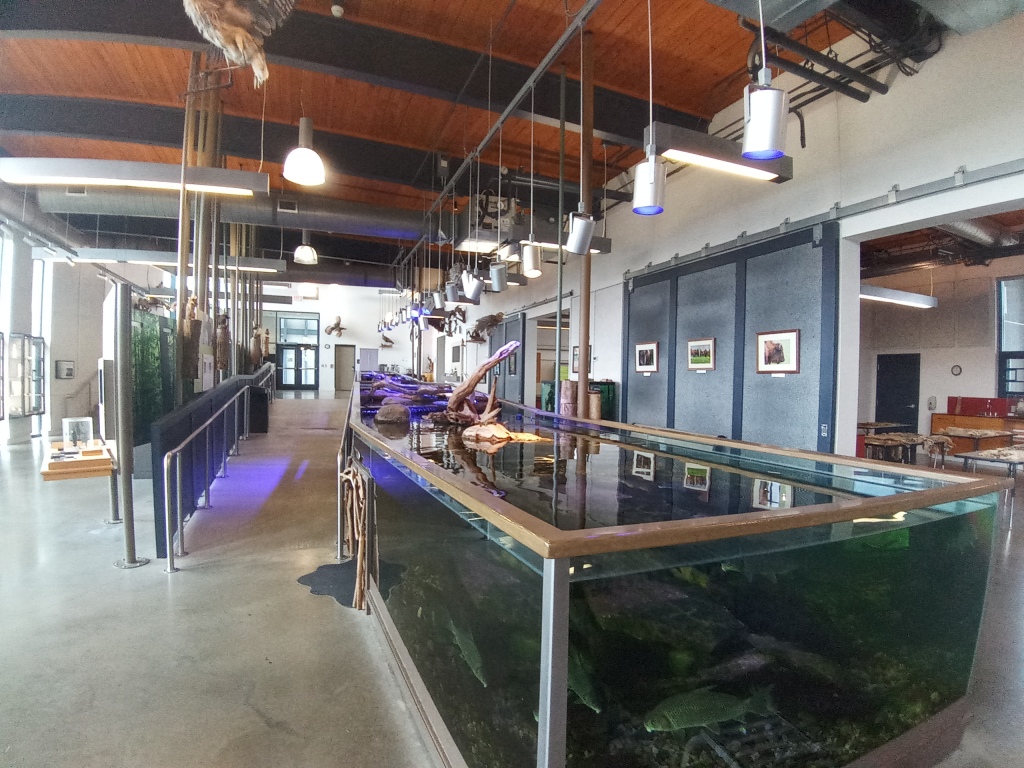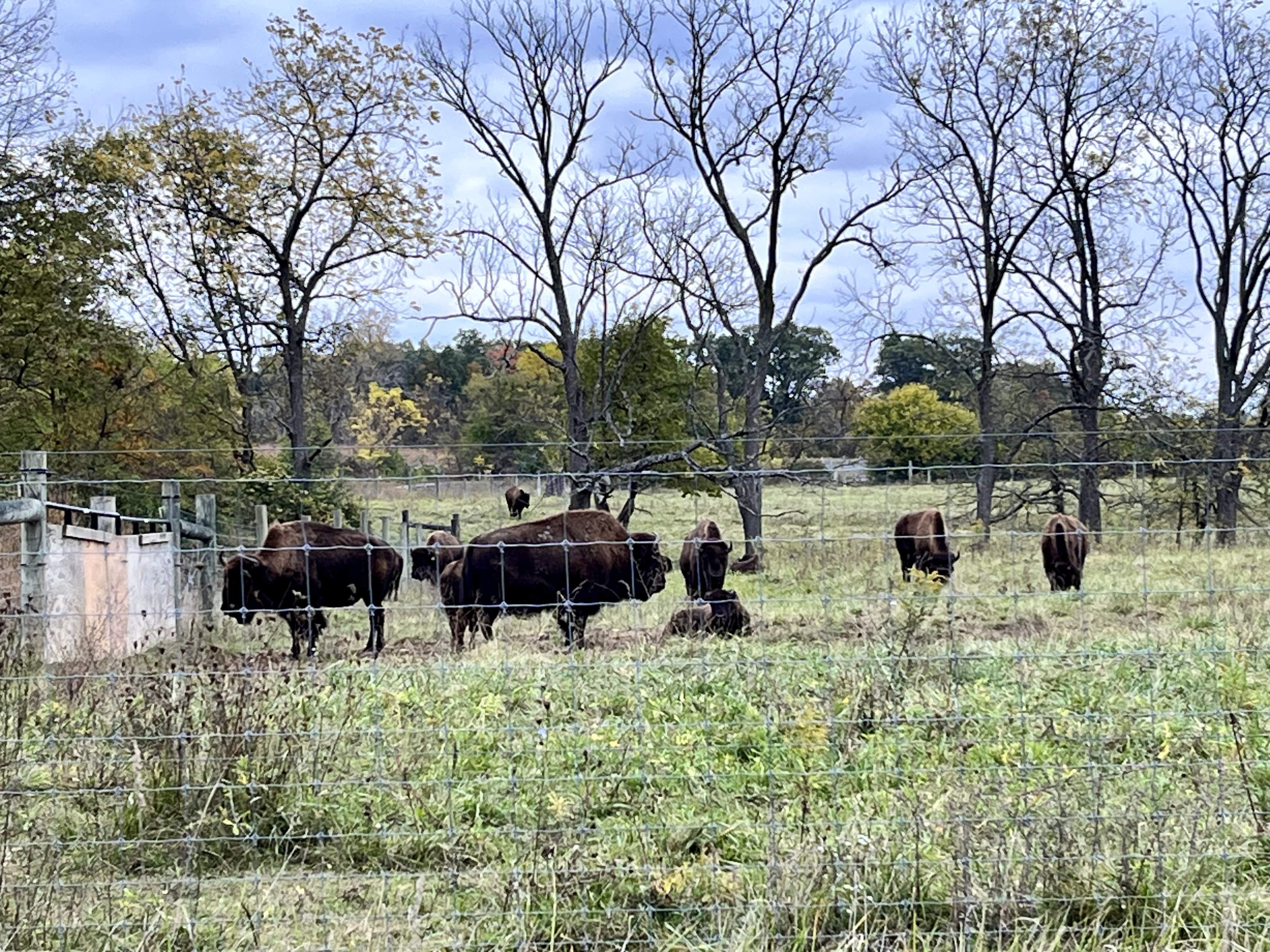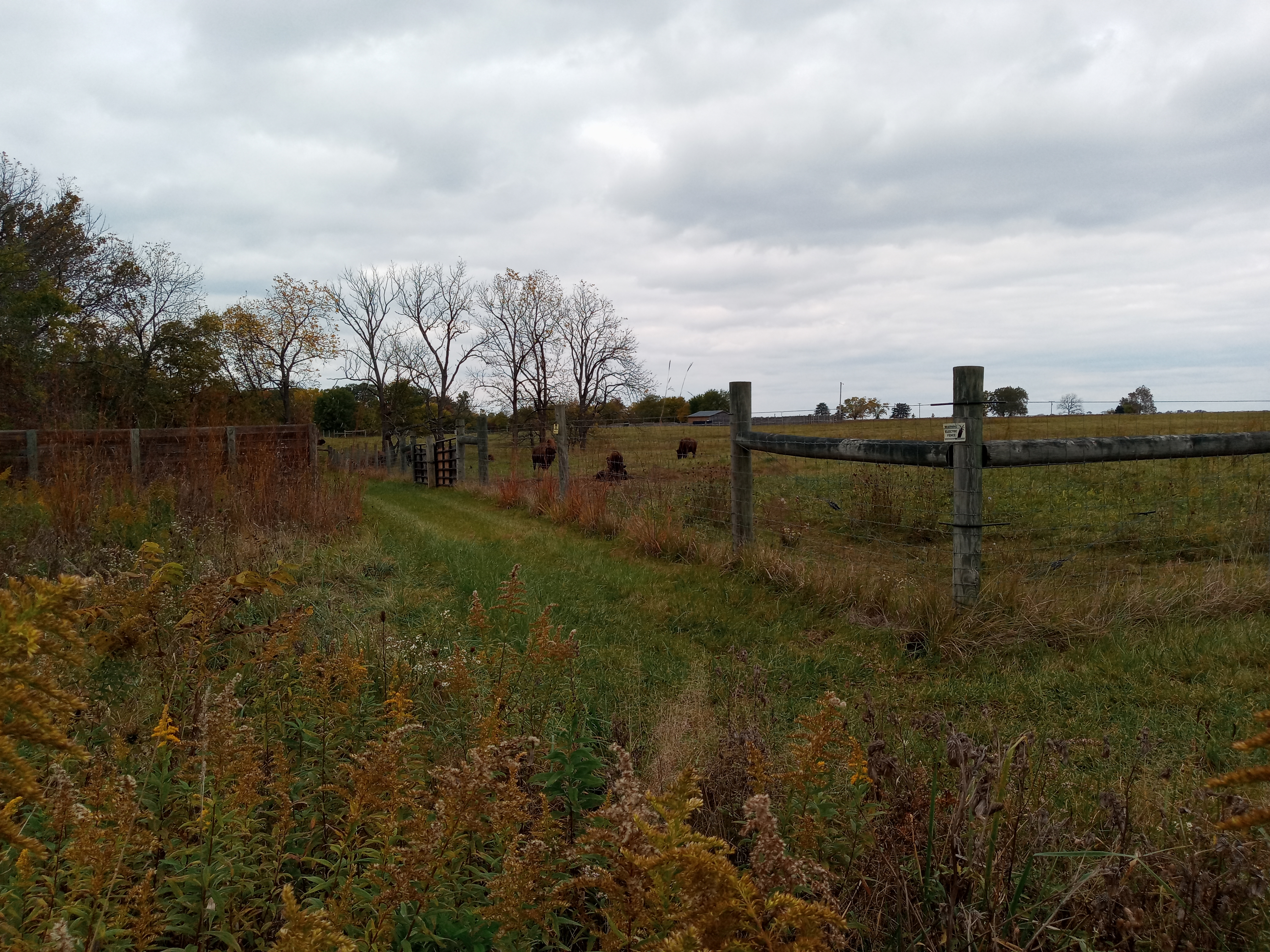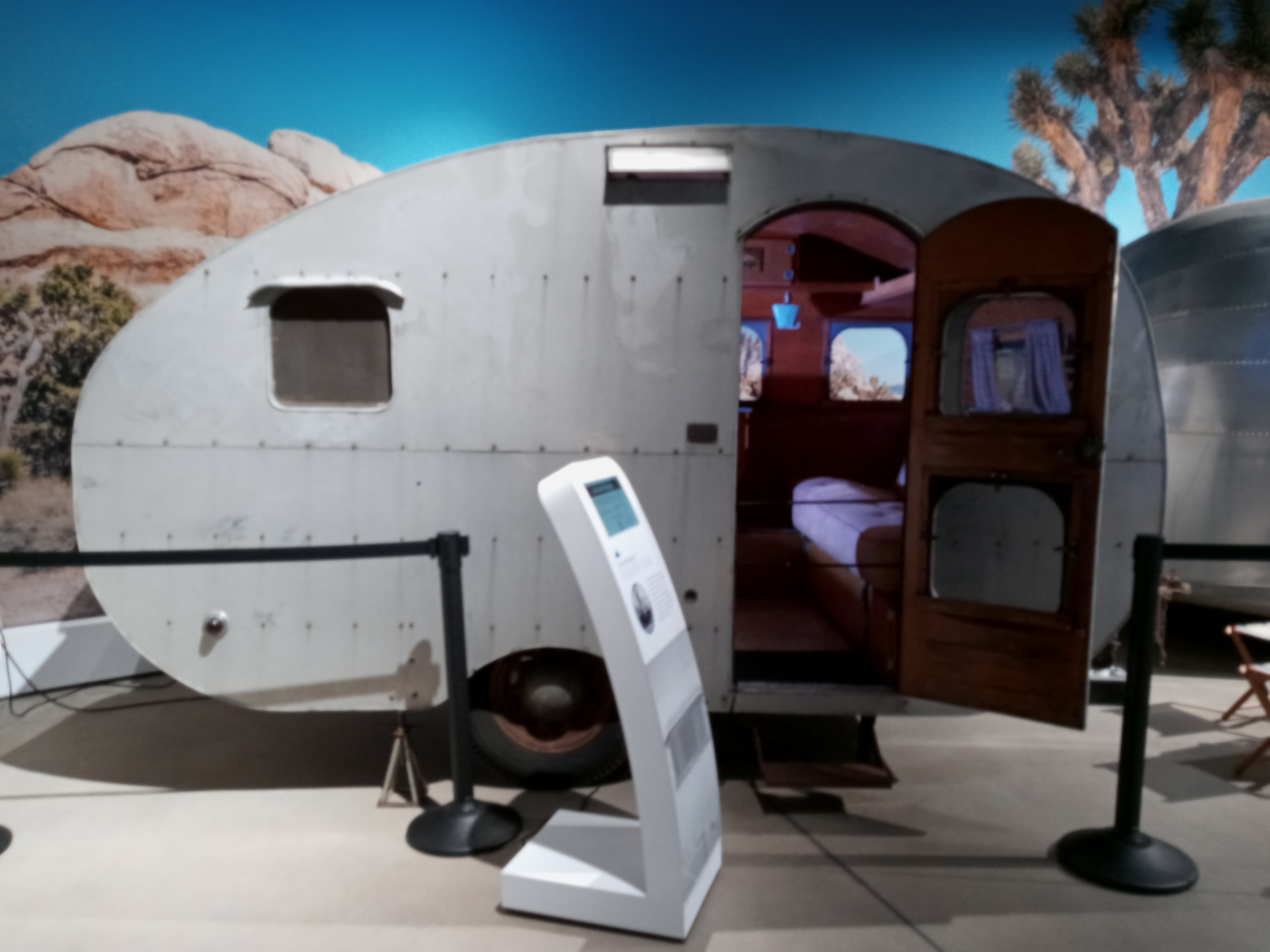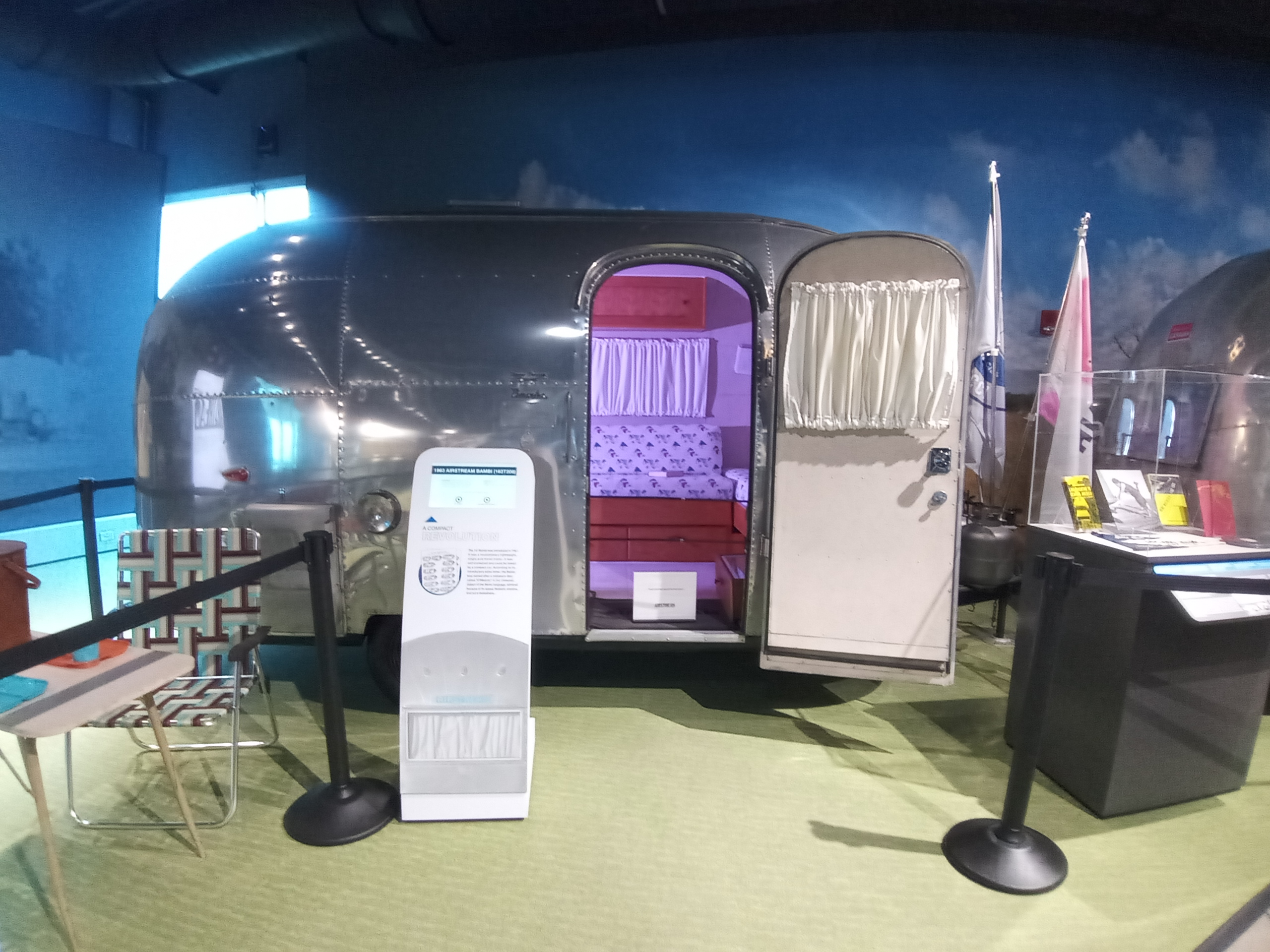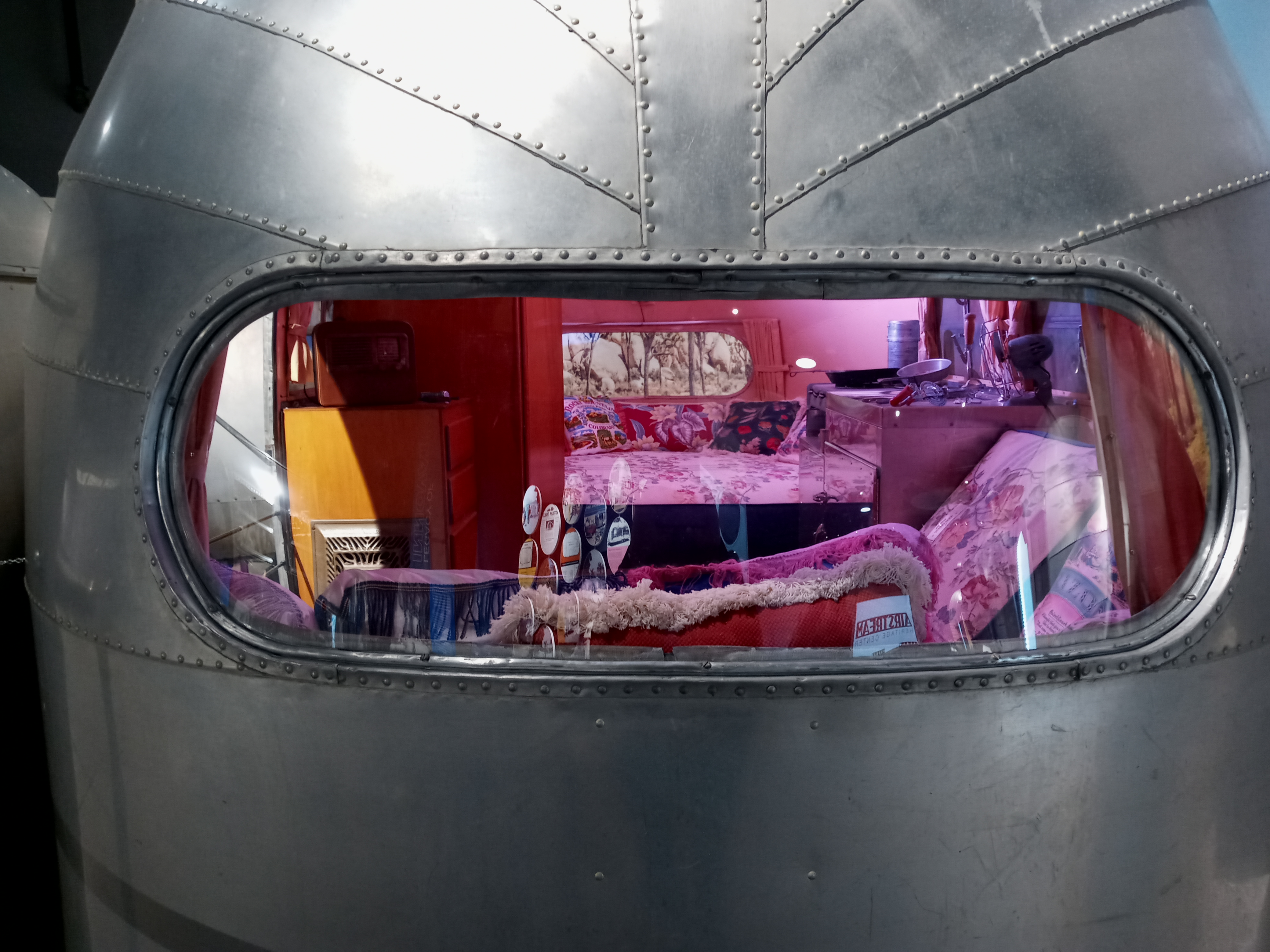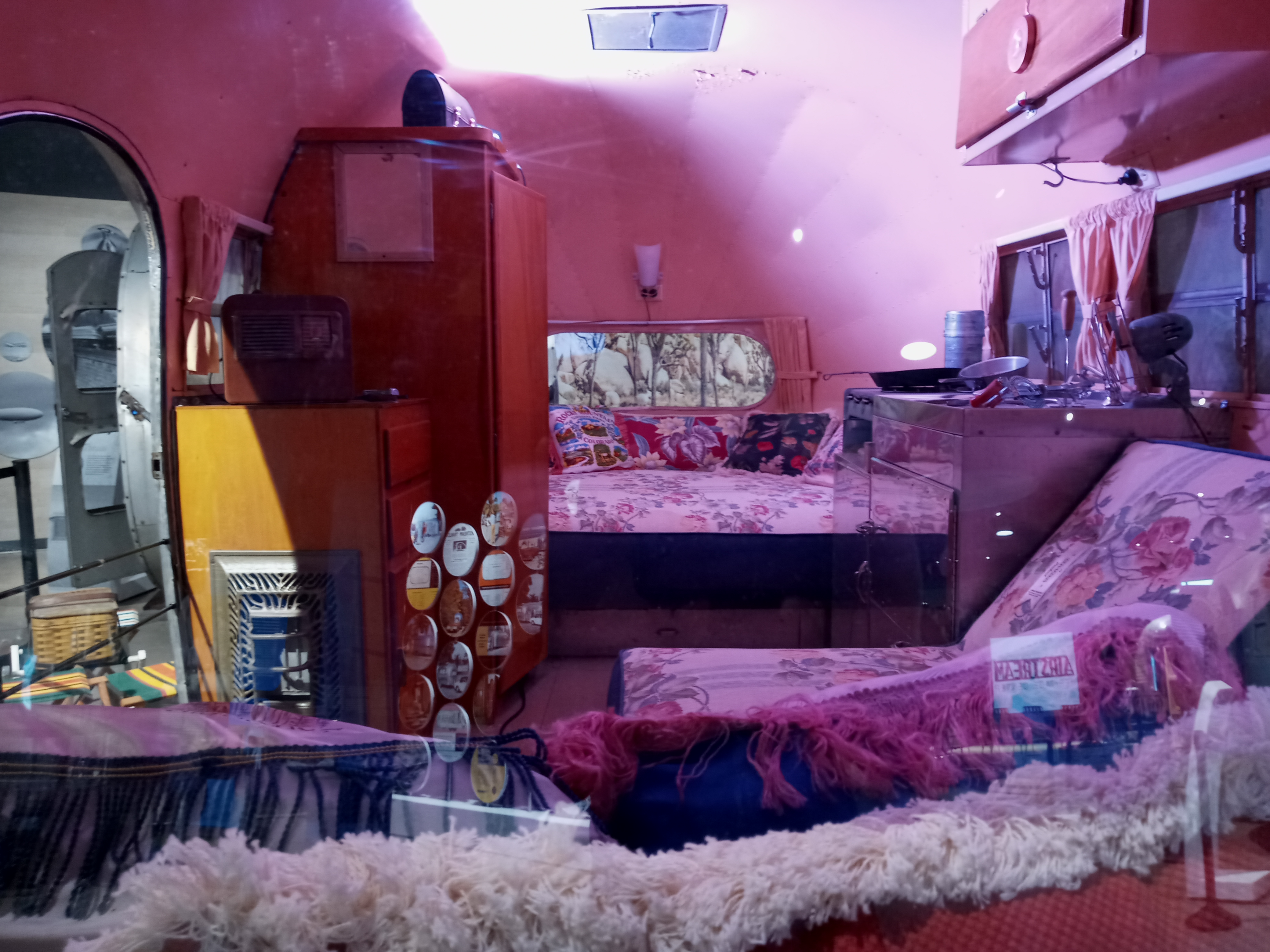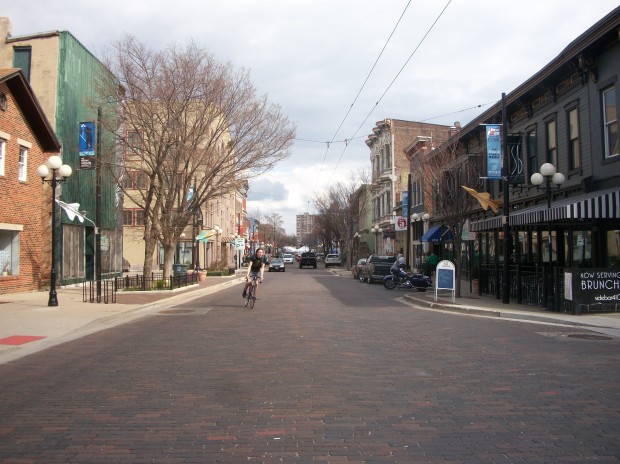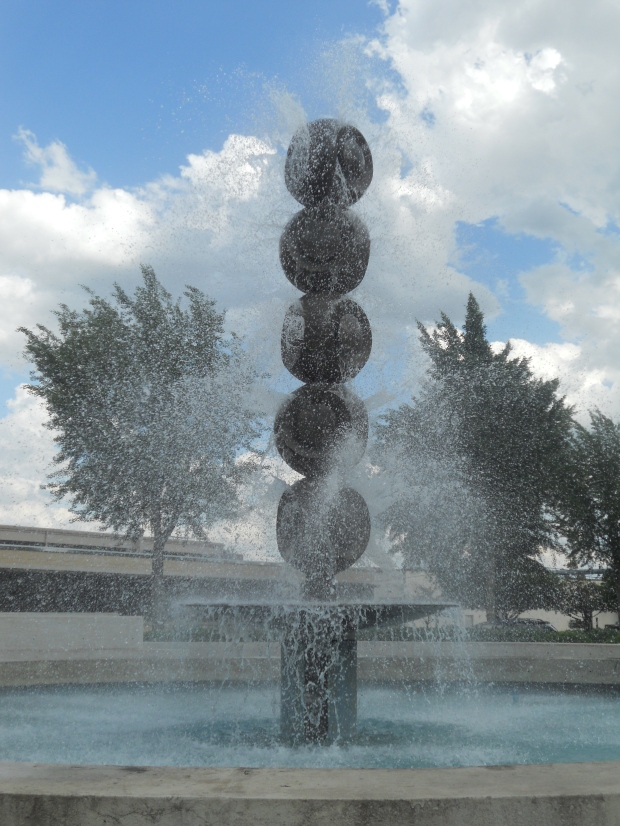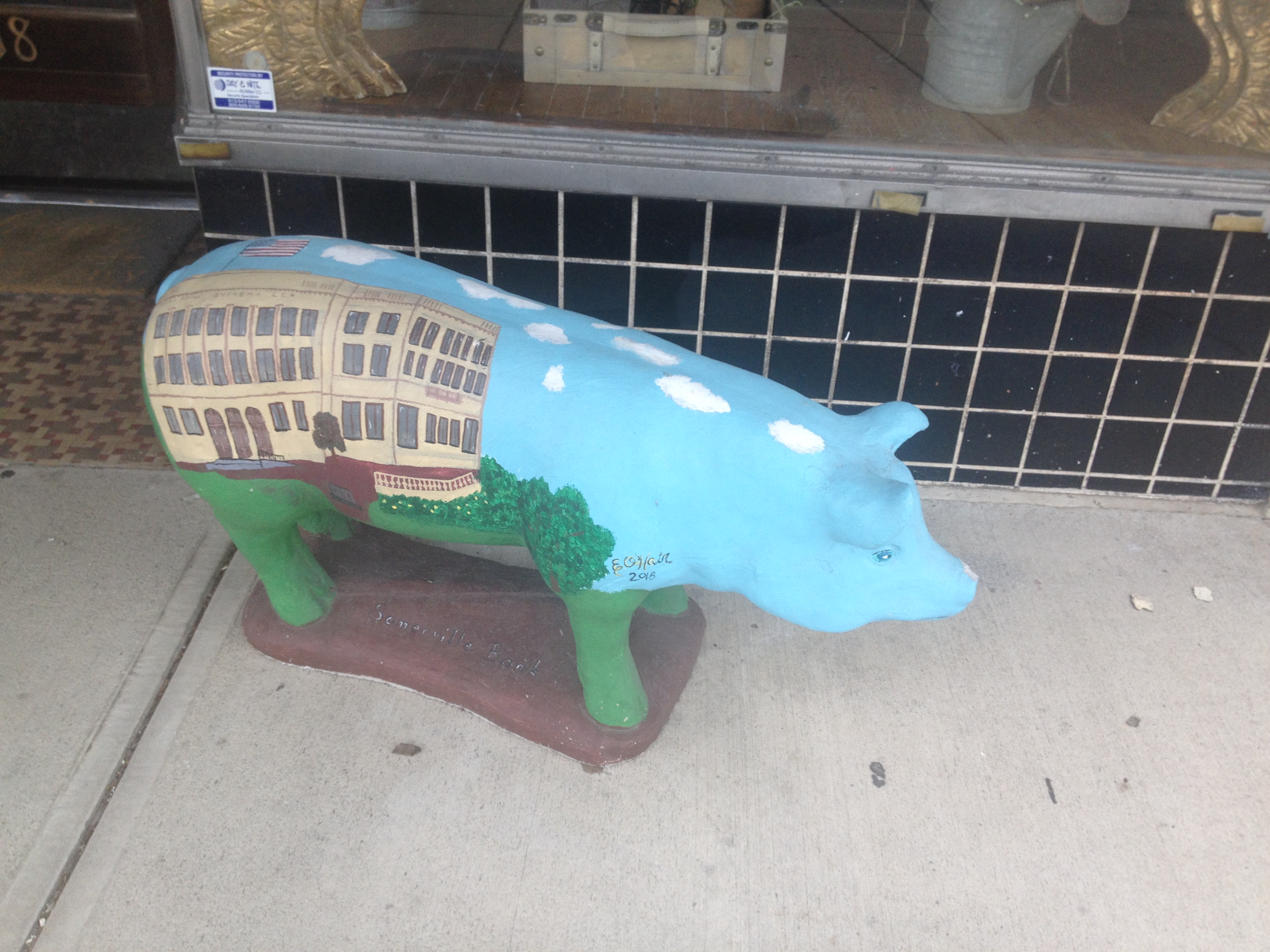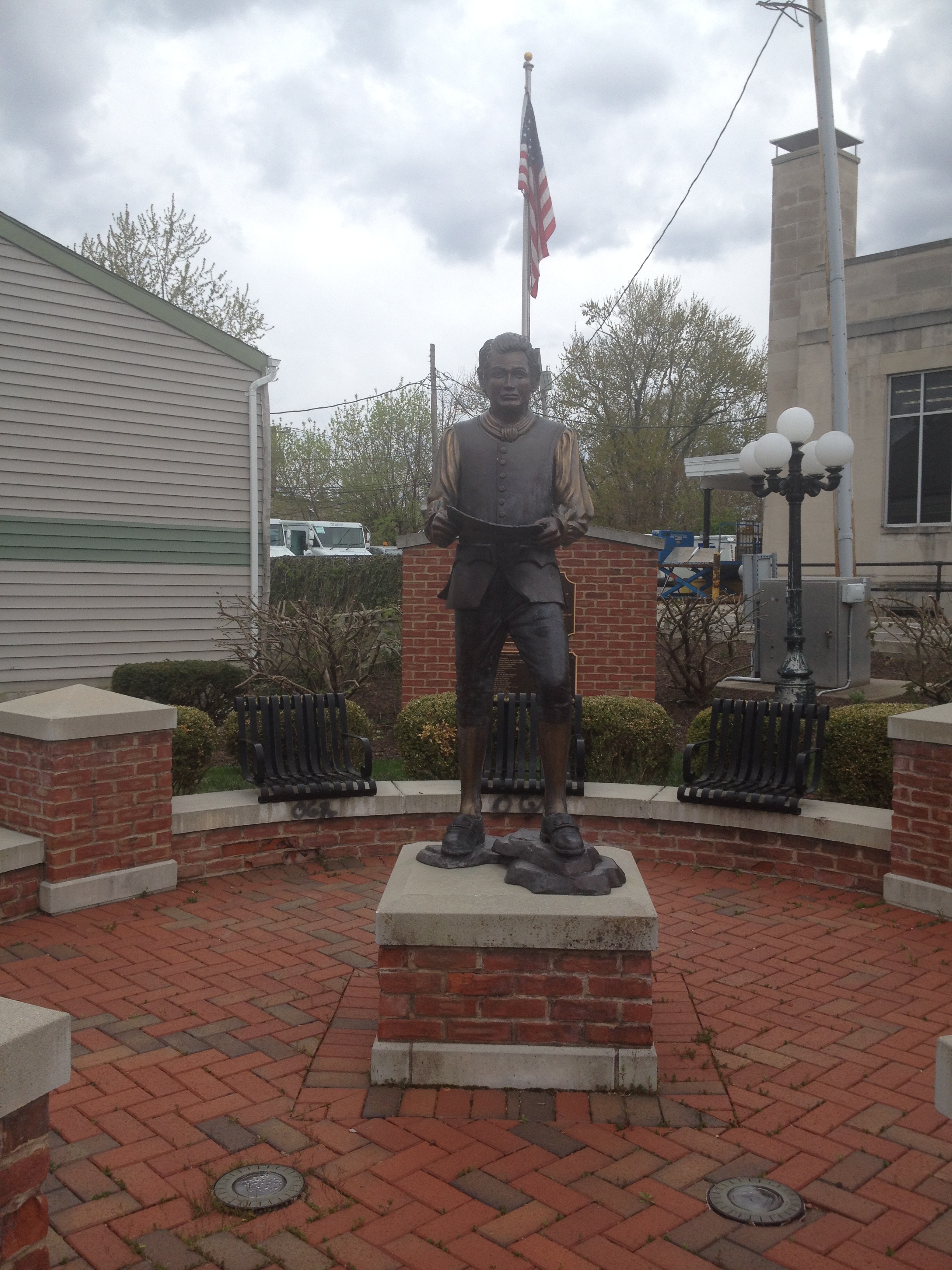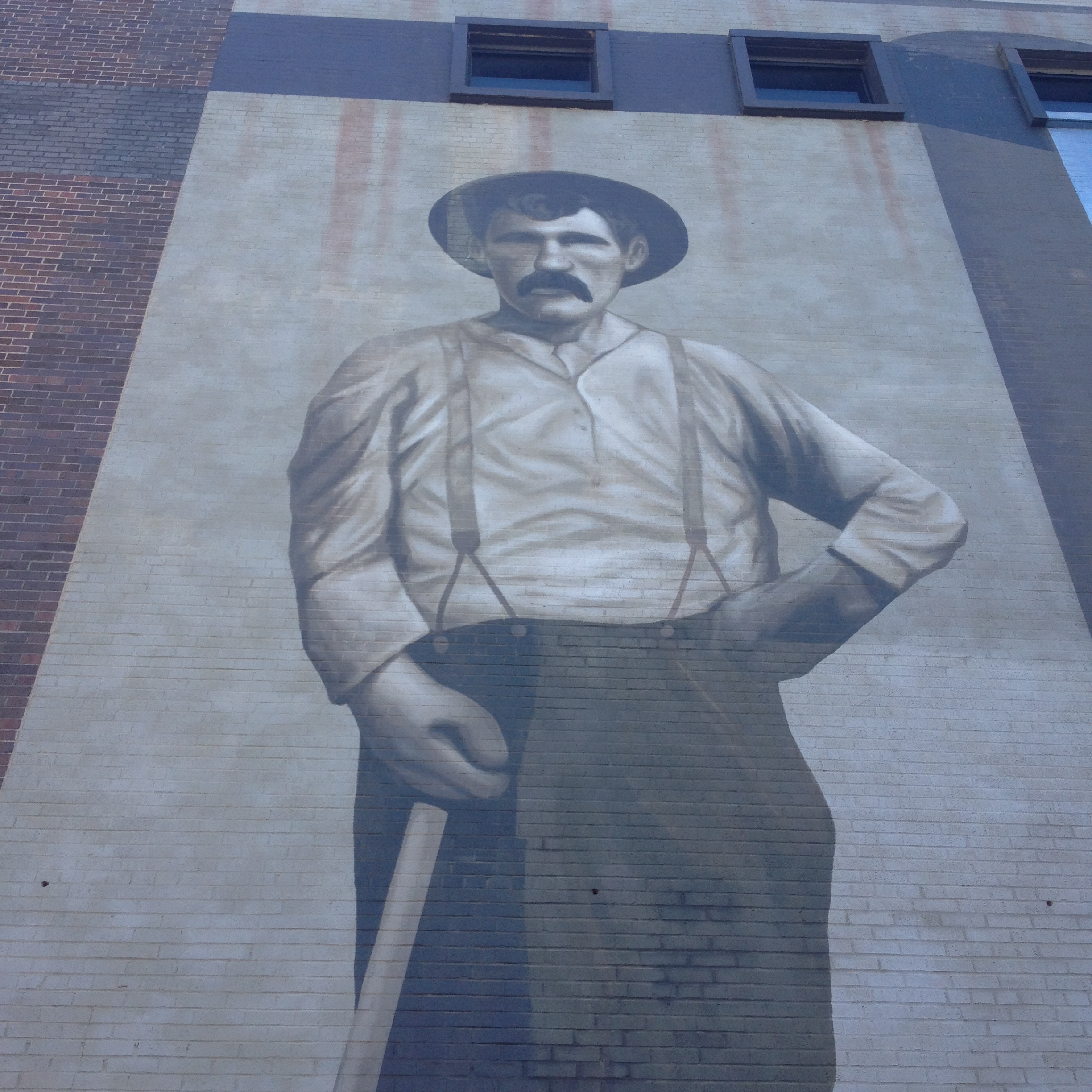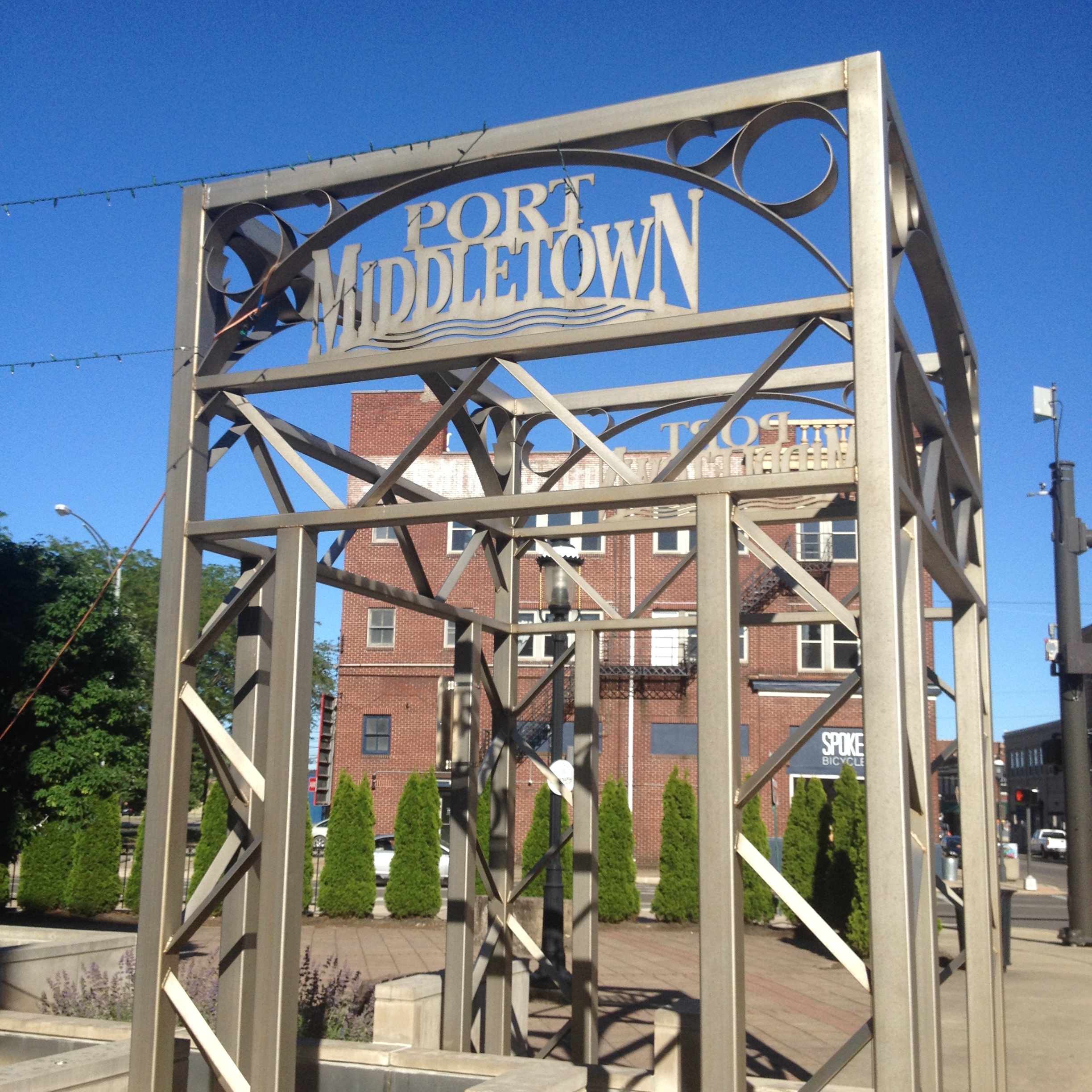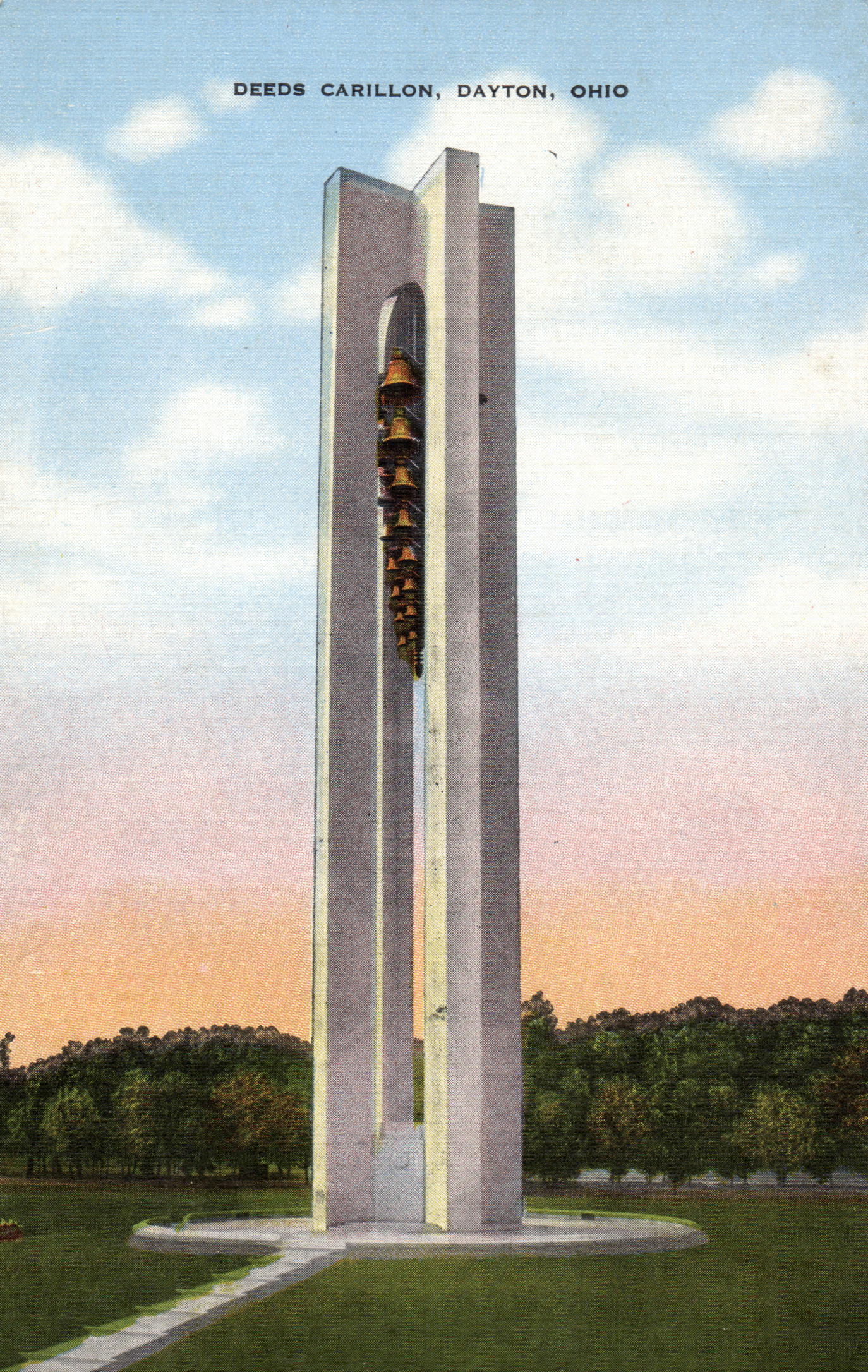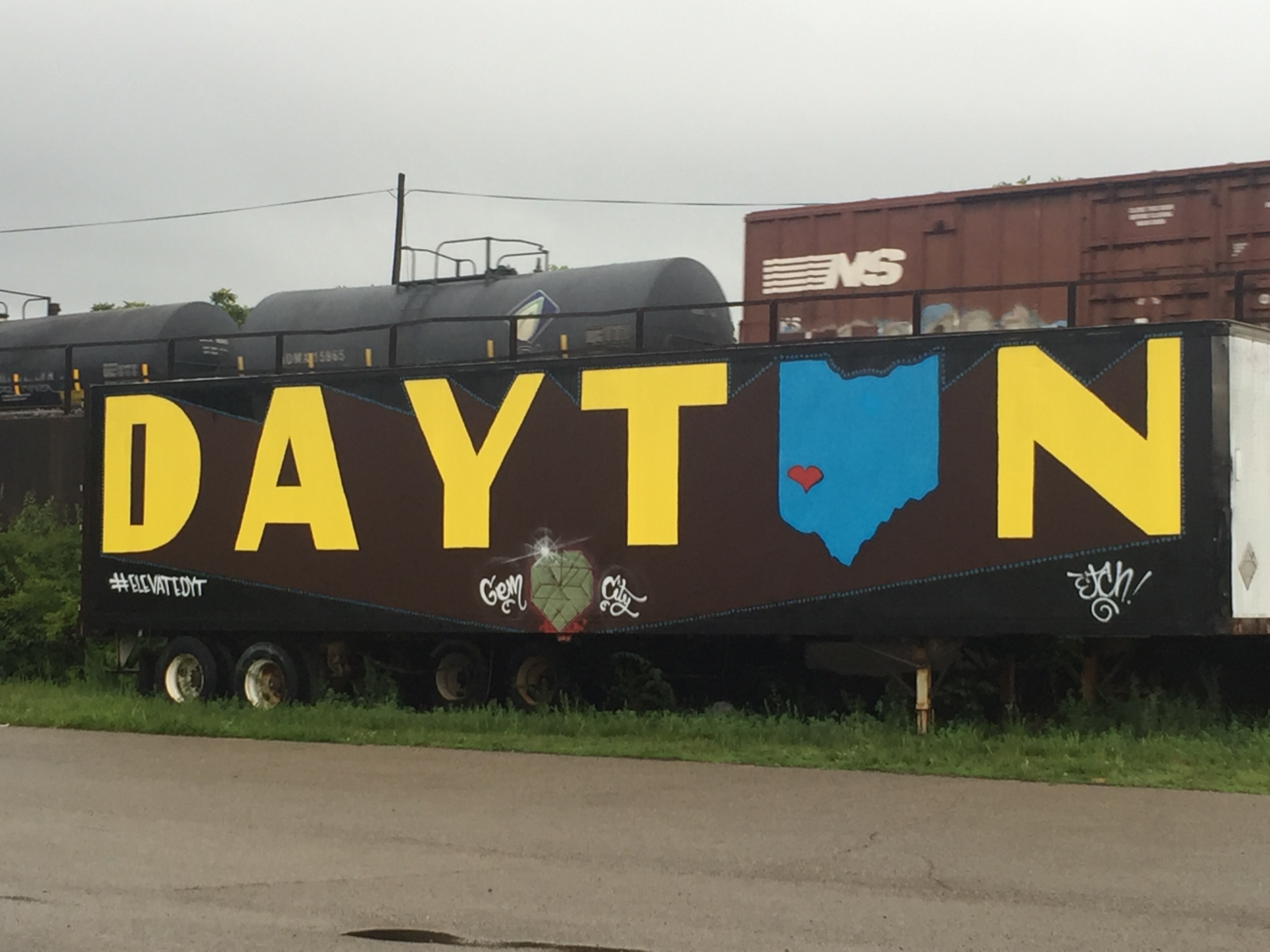1301 Western Ave, Cincinnati, OH 45203
15 years ago we posted our first review of Cincinnati Museum Center at the world famous (Meanwhile at the…) Union Terminal. It was one of our first reviews because we had been so many times. 5 years later the citizens of the city voted-in a levy to repair the 86 year old station. In 2016 the terminal was shut down. The repairs were massive. For the next two years the Museum Center was closed. In November of 2018 the station reopened.
By 2018, many southwestern Ohio, and tristate area, children and adults had grown up with the iconic layout and displays of the CMC. The massive model of the Queen City, the Public Landing, The Omnimax, the ice cavern and the cave were staples of a visit to the terminal. The question of whether they would return weighed heavily. The Center had a chance to update and upgrade, would it take it.
The Cincinnati Museum center is more than just a museum, it’s 3 museum in one, and a train station, and a gift shop, and a historic land mark, and etc., etc., etc. One can spend all day inside and still not see everything. Housed inside the historic Union Terminal the center is the three museums: The Museum of Natural History and Science, Cincinnati History Museum, and the Children’s Museum.
The Cincinnati History Museum
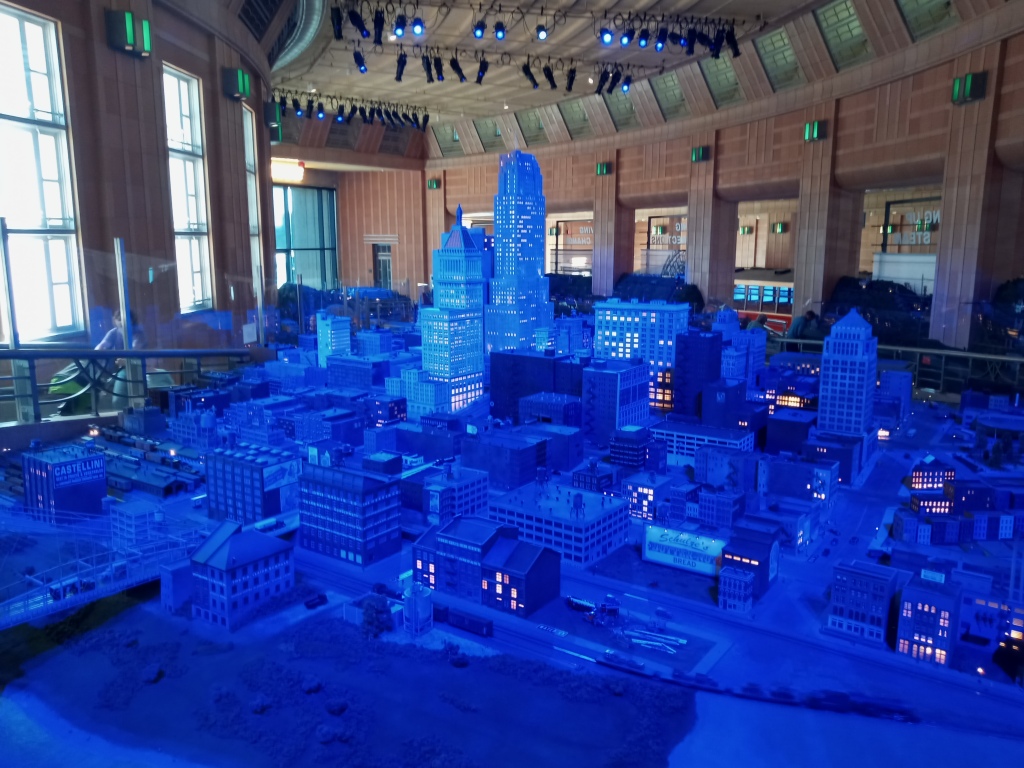

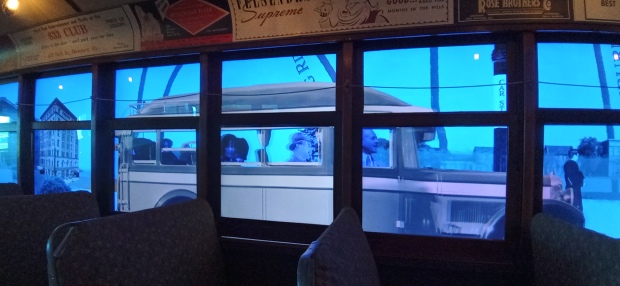



The Cincinnati History Museum is dedicated to the history of the area. Starting off with a giant train display (worth the admission itself) of the city the museum slowly works back up to the modern day. A lot of the exhibits are well designed and make one feel as if they actually are in the time period described. On busy weekends the museum even has costumed interpreters. The artifacts are not just displayed but used to enhance the story. From a log cabin of the frontier days to a rocking riverboat, every era is brought life.
The History museum seems to be the most noticeably changed area of the entire center. The museum no longer tells a straight story from European settlement to the current city. It now breaks up the story into sections and tells how each part of history evolved in the city, and evolved the city. The first floor still has the large city model, City in Motion. How could it not. The rest of the floor has been dedicated to transportation. There are stories about the canals, the riverboats, and road transportation. Make sure to ride the street car. Its immersive ride has three different routes.
The bottom floor still has The public landing, with the Queen of the West, shops, and hidden surprises. Unlike the older layout, the landing is not set along a timeline of the city, but a “separate” exhibit. Attached to it, through an appropriate shop, is a retelling of the industrial history of “porkopolis.” “Made in Cincinnati” is a love letter to all things invented, improved, or major to the industrial might of the city. There are interactive displays, games, artifacts, and a 4D show. Yes, the big names like P&G, Kroger, Rookwood, and the pork industry are on display, but so are the smaller lesser-known Cincinnati connections like Frank’s Hot Sauce.
Another new exhibit is “You are here.” Telling the story of the average Cincinnatian, this highly interactive area talks about more modern times. Parents will like telling the nostalgia of it, their kids will love the interactivity. This section is a great way to teach with out feeling like a kids museum. Sections of it even grow as visitors interact and leave replies. Make sure to try the quiz. Even for us, great fans of all things Ohio, the quiz show was a challenge, and really fun.
The Museum of Natural History & Science
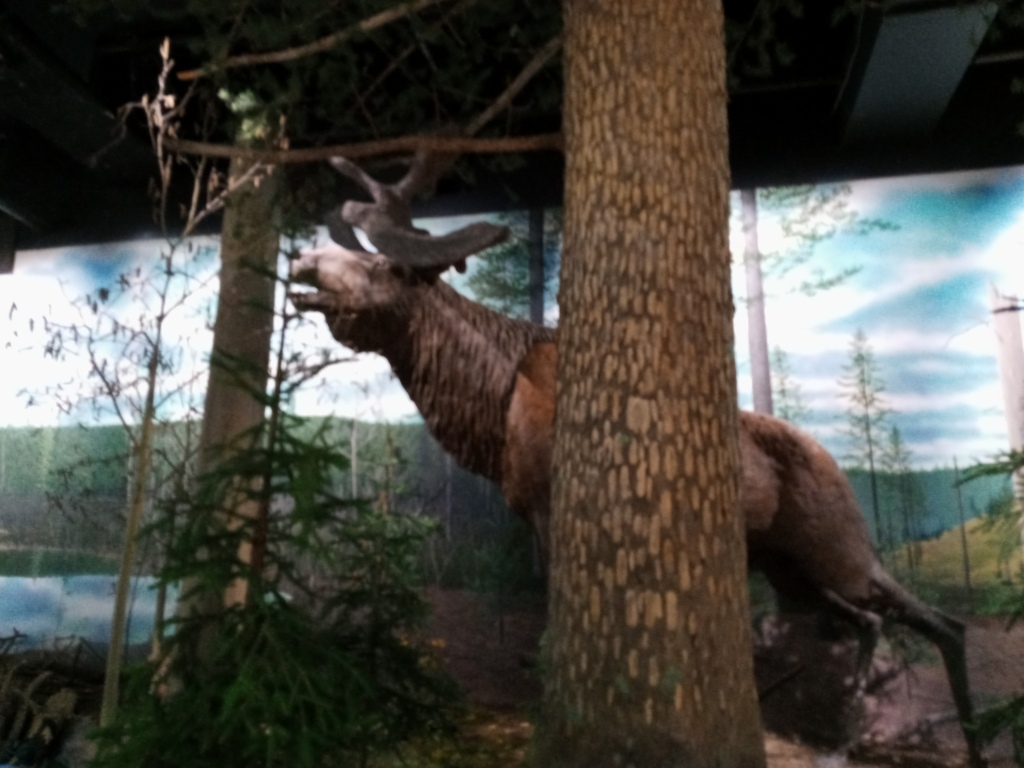




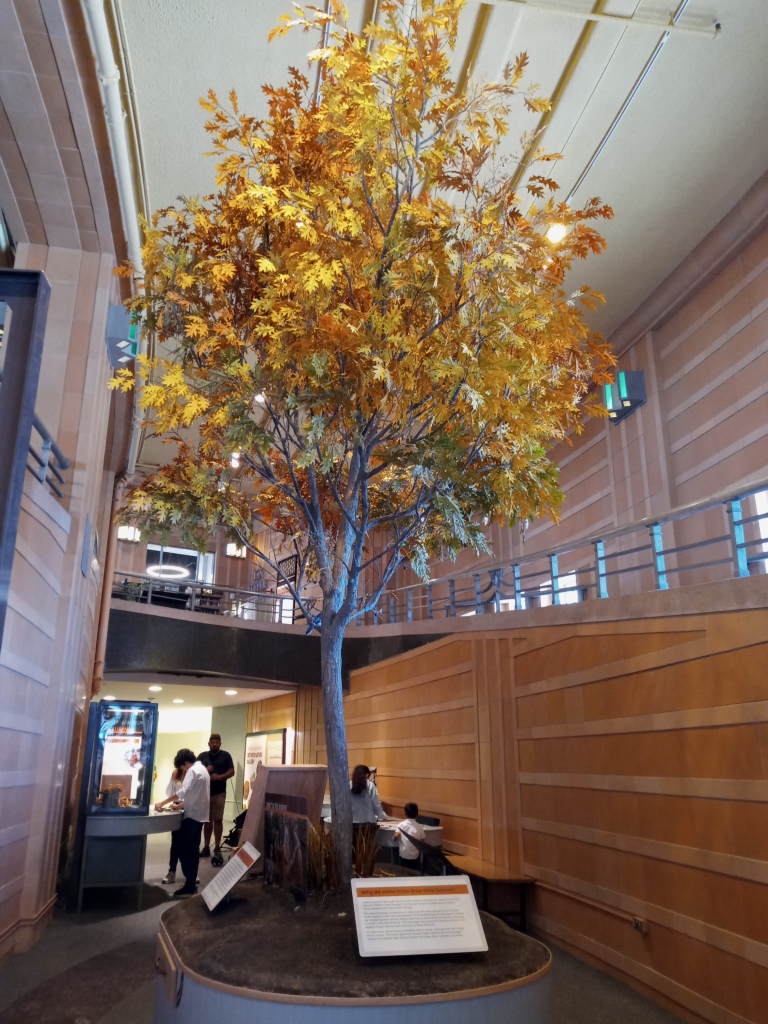
The Museum of Natural History and Science is just as amazing as the history museum. Starting off with an audio/visual/ artifact presentation one is slowly transported in to a world of learning. As with the other museums the displays are large and looming. The best of which is a HUGE walkthrough cave with 2 separate paths to explore, waterfalls, and bats. The museum does get to be a little bit too scientific at times but quickly gives hands on displays to help enforce the subject matter.
The basis of the Natural History museum has stayed the same, at the same time changing to teach more things. The dinosaurs and hands on activities in the entry area have returned. Beyond that the audio visual present has been replaced with an exhibit on the undersea era of the region. The other end of the museum is a new exhibit on space, with an emphasis on Ohioan Neil Armstrong and his famous trip on Apollo 11. This gallery includes many artifacts, including space suits, gear, and a moon rock.
Inbetween the sea and space are the well known exhibits that have defined the Natural History Museum. The large indoor Cave has been reopened. The ice cavern leading to an ice age land is still as interesting and engaging as it was before. Along with the caves are some other smaller exhibits to round out the museum.
The Children Museum
In the 15 years since we first posted a review we have had a chance to visit the Children’s Museum. The museum is not as large as the other two museums, it is a great place for kids to release some energy between visits to them. There are teaching play areas, areas for make believe, areas with animals and nature, and more. To really burn off energy, crawl and climb and explore the Woods, a jungle Jim like area built in a deep forest. The Children’s Museum is not for adults but great for children.
The Rest of the Station
In 2019 a new museum was added, the Nancy & David Wolf Holocaust and Humanity Center. The museum is dedicated to teaching about Holocaust, its victims, its outcome, its connection to the city, and its lingering effects. The museum is an honest look at a troubling event in human history. The museum is very well done and worth at least one visit if time permits. There are some amazing interactive elements, like virtually speaking to a survivor, but due to the subject matter is not for the younger crowd.
The best part of the center is the terminal it’s housed in. With the return and upgrade of the large format screen (Omnimax, which is a domed IMAX) to a working Amtrak Station, Art Deco decor, it has a little bit of everything. Give yourself a half-hour to explore it outside of the museums. More if taking advantage of the four food options. From full meals, pizza, or sandwiches, to the return of ice cream, there is something for everyone.
While still an obvious work in progress, like the new pre European human history gallery coming soon, The Cincinnati Museum Center is still a gem in the state, just with a new polish.


